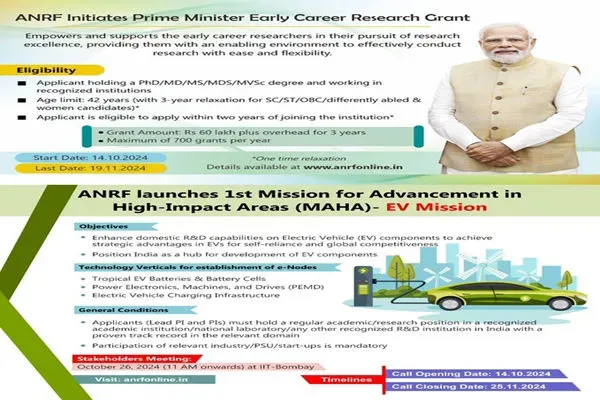CONTENTS
- East Asia Summit
- MAHA-EV Mission
East Asia Summit
Context:
Recently, the Prime Minister of India attended the 19th East Asia Summit (EAS) in Vientiane, Lao PDR.
Relevance:
GS II: International Relations
Dimensions of the Article:
- What are the Key Highlights of the Visit?
- What is the East Asia Summit?
What are the Key Highlights of the Visit?
- PM put a development-oriented approach in the Indo-Pacific region over expansionism.
- Continued support for Nalanda University and requested the heads of EAS member countries to join the conclave of Heads of Higher Education.
- Spearheaded discussions in the hall on global challenges with terrorism, cyber, and maritime threats that argued for solutions to conflicts being approached via dialogue.
- PM conveyed his wishes to Malaysia on presiding as the new Chair of ASEAN and expressed India’s full support to it. Currently, Lao PDR is the ASEAN Chair.
What is the East Asia Summit?
- Beginning in 2005, 16 participating countries comprised this grouping, with their first meeting in Kuala Lumpur, Malaysia.
- These members were the 10 ASEAN countries, Australia, China, India, Japan, New Zealand, and the Republic of Korea. ASEAN’s 10 member countries are Brunei, Cambodia, Indonesia, Laos, Malaysia, Myanmar, the Philippines, Singapore, Thailand, and Vietnam.
- The United States and the Russian Federation joined at the 6th East Asia Summit in 2011.
- Simply, the EAS is an ASEAN initiative and refers to the annual Meeting of Heads of States/Governments of these countries, where they are able to discuss common concerns and interests.
- Its creation was based on the idea of enhancing cooperation among East Asian countries and those in the neighbouring regions.
- Six priority areas of cooperation were identified –
- Environment and energy,
- Education,
- Finance,
- Global health issues and pandemic diseases,
- Natural disaster management,
- ASEAN Connectivity
- In the past, the issues of claims over the South China Sea, the United Nations Convention on the Law Of the Sea, terrorism, the actions of North Korea and the conflict situation in Myanmar have been discussed by the countries.
MAHA-EV Mission
Context:
The Anusandhan National Research Foundation (ANRF) announced the launch of the Mission for Advancement in High-Impact Areas -Electric Vehicle (MAHA- EV) Mission.

Relevance:
GS II: Government Policies and Interventions
About MAHA-EV Mission:
- It seeks to develop critical EV technologies locally, reduce dependence on imports, provide support to domestic innovation, and place India as a global leader in the EV sector.
- This is one of the initiatives launched by the ANRF under its Advancement in High-Impact Areas program, catalyzing multi-institutional, multi-disciplinary, and multi-investigator collaboration to address high-impact scientific challenges.
- It aims to inject swift technological advancement in the critical sectors that have a colossal influence on the future growth of the nation to capture a global footprint in the space.
- It is concentrating on three critical technology areas–Tropical EV Batteries and Battery Cells, Power Electronics, Machines, and Drives (PEMD) and Electric Vehicle Charging Infrastructure.
Importance
- Domestic capabilities in the design and development of critical EV components will be enhanced by this mission.
- The investment will enhance competitiveness and add to the status of India as a development hub for EV components. It promotes global competitiveness and inspires innovation.
- It marks the further acceleration of the shift to electric mobility, which symbolises a greener future with more sustainability.




